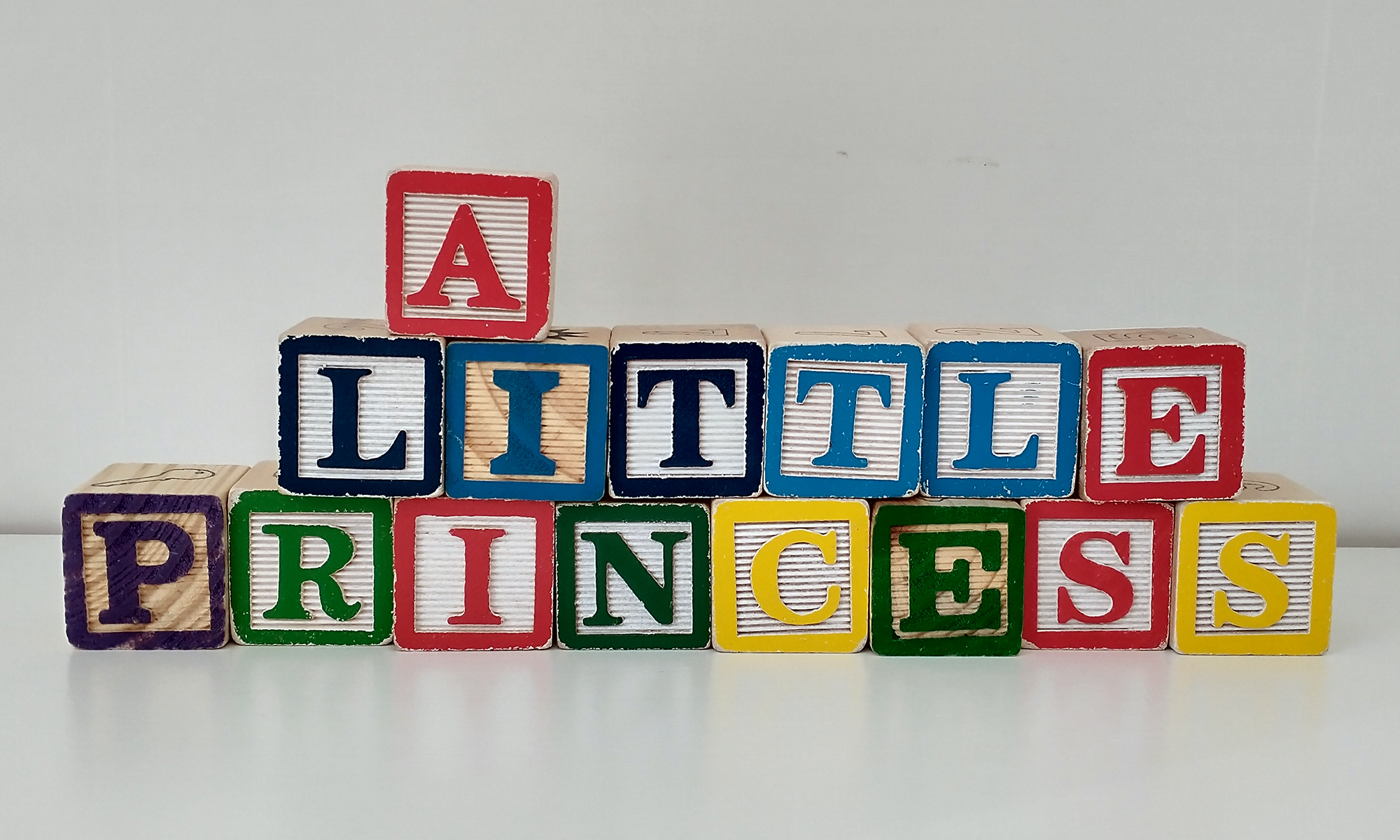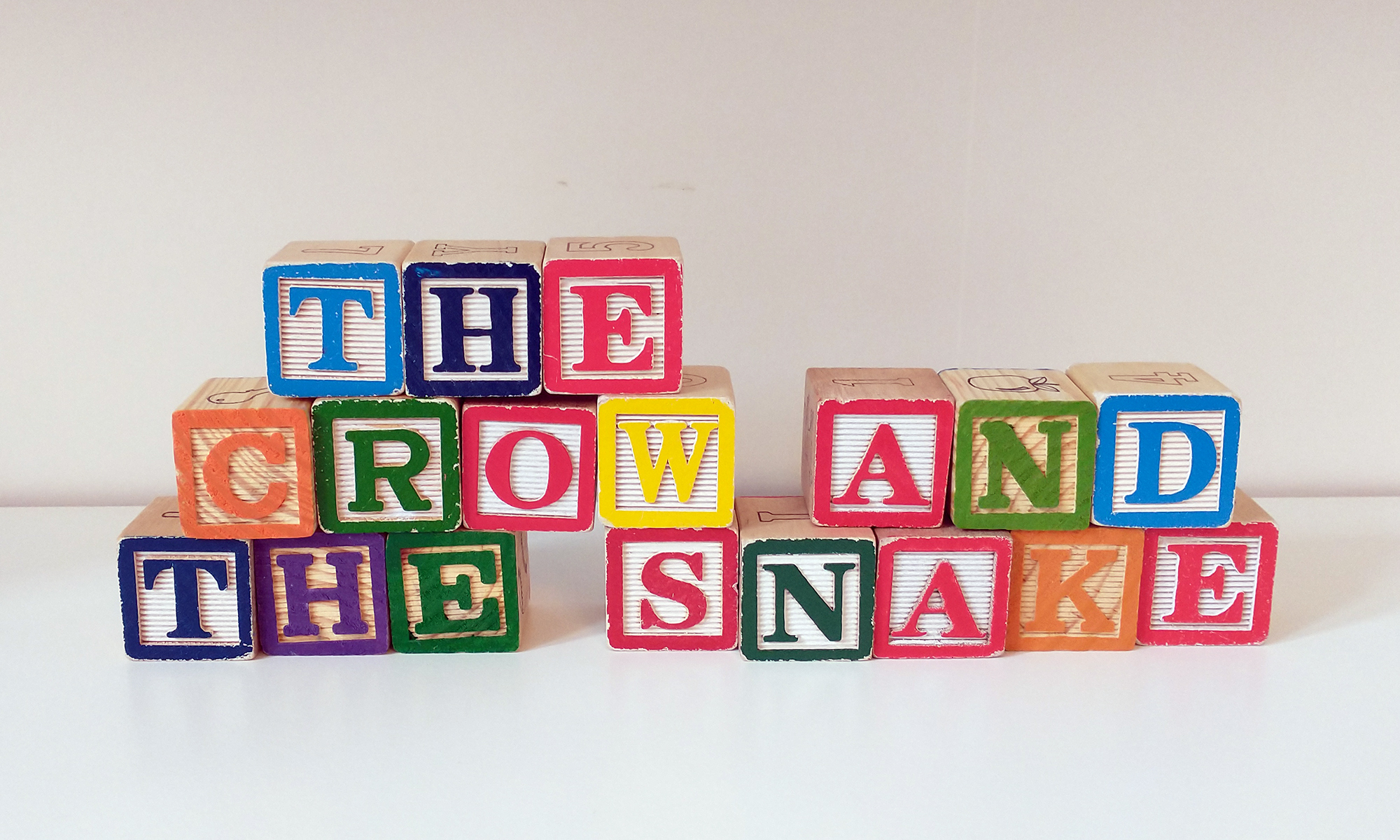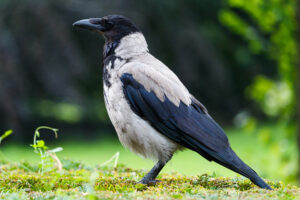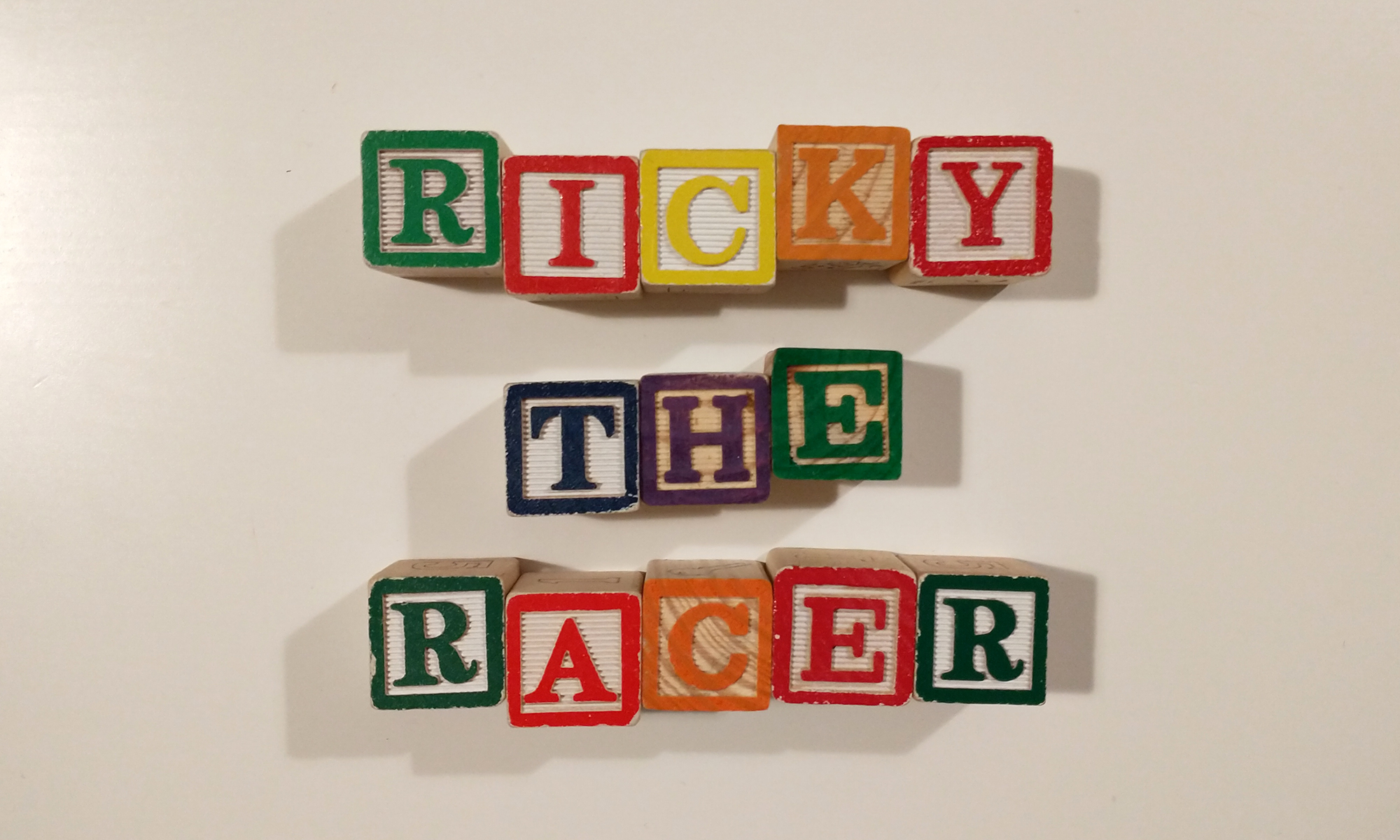Podcast: Play in new window | Download
Subscribe: RSS
This is the fourth in a five-part series about the use of dialect in the children’s novels written by Frances Hodgson Burnett. I was lucky to get some great comments from listener Kate Duncan for this episode. You can follow her on Instagram at nurseryrhymeville.
The Secret Garden contrasts two families – the upper class, damaged, and unhealthy members of the Craven-Lennox clan with their posh upper class accents rooted to no place at all, and the happy, well-adjusted, healthy members of the Sowerby family, whose deep connections to family and community are reflected in their thick Yorkshire accents.
As Mary Lennox and her cousin Colin Craven are drawn deeper into the landscape around them, they begin to code switch, shifting into Yorkshire speech when they need to make a more personal connection with those around them. Conversely, the working-class, native Yorkshire speakers must code switch into standard English speech in order to do their jobs.
This episode explores the idea of code switching and the way that a person’s dialect is tied to their social class as seen in the speech of characters in The Secret Garden.
Activity: Self-Reflection on Speech and Code Switching
Ask your students to write out answers to the following questions:
- Describe the way your speech changes depending on where you are. Examples of locations might include schools, libraries, shops, places of worship, outdoor places, or places of business.
- Describe the way your speech changes depending on with whom you are speaking. Examples of people might include friends, family members, teachers, strangers, community leaders, or someone who is a different age from you.
- Do you feel that the way you speak makes it difficult or easy for you to fit in in some situations? Why?
These questions may be very straightforward for many students, but for others this may be a sensitive area. You know your kids best. If one of your students has a speech impediment or comes from an immigrant or minority background, be sure that you handle any discussion with that child sensitively. It may be a really neat opportunity for certain children to share their experiences, but others may wish to keep their stories private. That’s why I recommend that this activity begin as a personal writing exercise, with sharing done on a voluntary basis.
Music in this Episode
“An Acre of Land” – Traditional (Roud 21093)
“Mary, Mary, Quite Contrary” – Traditional










